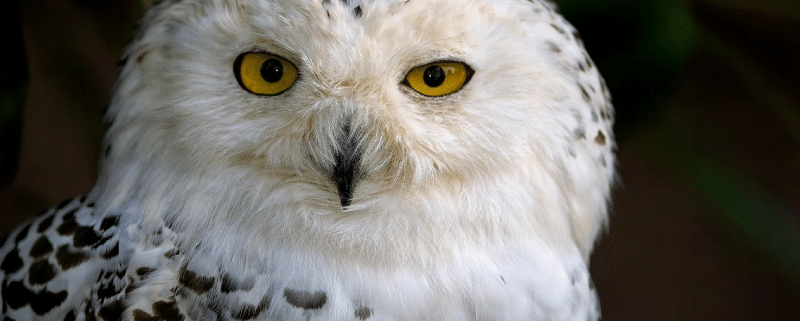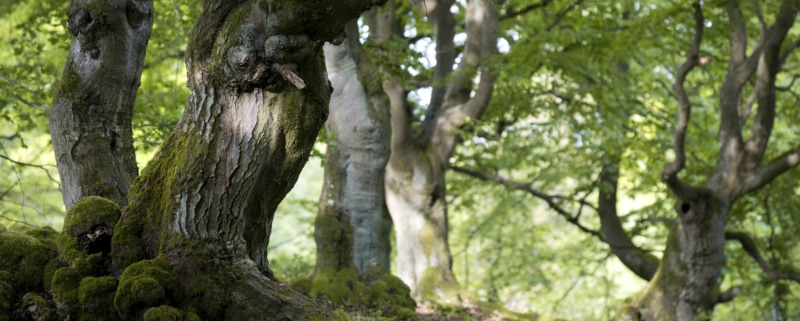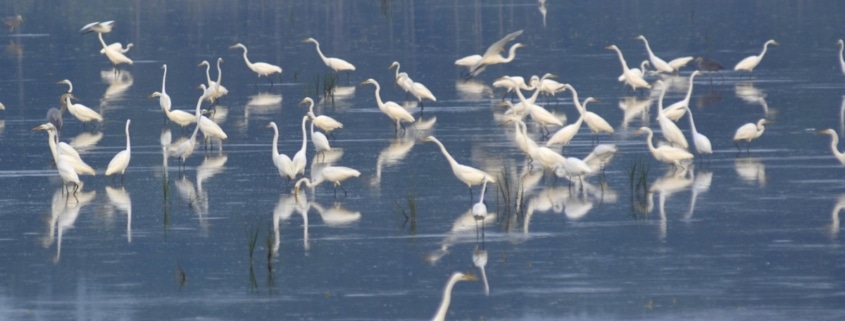This is the first in a series of monthly blog posts examining the vision for establishing new standards in corporate conservation certification.
Certification of adherence to a set of predetermined standards is an effective way to illustrate performance across a variety of concerns. Certification of professionals has been used since the 19th century to proclaim an individual’s qualifications and suitability to operate in a field like health, finance or education. Certification of goods and services can provide testament to the source of the goods, the efficacy of the services and connect customer expectations with resultant experience. More recently, certification of management practices of natural resources has been used as a way to highlight best practice, encourage participation and ultimately, to drive change.
Certifications of management of natural resources have joined other such programs focused on environmental, social, ethical and safety issues to create a large body of what are now known as Voluntary Sustainability Standards (VSS). The United Nations Forum on Sustainability Standards (UNFSS) was convened in response to the increase in establishment of such programs. The ISEAL Alliance, an international group that codifies best practice for design and implementation of sustainability standards systems, exists with the belief that voluntary standards systems that are effective and accessible can bring about significant positive social, environmental and economic impacts. In short, the growth of the use of standards has led to the development of groups to assess the standard setters.
Wildlife Habitat Council (WHC) has been certifying voluntary management of natural resources on corporate lands for 26 years. In that time it has seen an evolution in standard setting and expectations from its certification programs. Over these decades, it has embraced many of the tenets of strong recognition systems to create clear criteria for assessment and certification that recognizes and incentivizes continual improvement of effort and outcome.
This year, WHC is entering the final stretches of a redesign of its signature certification program that will embrace fully and overtly, the principles of VSS while also remaining true to its roots recognizing the simple act of conservation and the individuals who carry it out.
In an article last year for the The Huffington Post, Laurèn DeMates, co-founder of The Sustainability Co-Op, outlined seven factors that make a sustainability certification system successful. These factors are: stakeholder collaboration, clear and realistic criteria, a streamlined process, support and assistance, sliding scale pricing, audits, and impact evaluation. According to DeMates, sustainability programs that gain widespread acceptance incorporate these elements.
At WHC, these factors and others, including transparency, are being used to inform the radical redesign of our certification program. It has become clear through this redesign work that these disparate factors can all be distilled into three key elements – accessibility, credibility and change making – that are the essence of an effective certification effort.
Over the next 10 months, as WHC rolls out its redesigned certification program, this blog will explore these three elements and illustrate how they are being used to construct the new framework for certifying conservation on corporate lands while honoring and strengthening the current approach.
As we move into the future, it’s important to reflect on how these elements inform the present:
Accessibility: Throughout its history, WHC’s certification program has embraced accessibility. Within the current framework, WHC recognizes and celebrates all acts of conservation on corporate lands. It does so for many reasons outlined in former blog posts here and here that explore the importance of empowering the simple act of conservation, creating connections to nature and building communities engaged in enhancing the natural world while using the lessons it teaches to educate the next generation.
Credibility: WHC understands the operational rhythms of a landfill site or quarry, the regulations restricting access to a manufacturing facility or mine and the rules around personal safety and protective gear on any operating facility. It also knows the opportunities that can transform buffer lands into biodiversity zones and engage local schools in meaningful learning and doing. It’s 25 plus years of operating at the intersection of business and nature has given it a skill set that brings value and credibility to its unique approach and allows it to engage with sites of all sizes and programs of a wide variety of complexity.
Driving Change: When a multinational company like General Motors makes a commitment to conservation through the WHC certification program, it drives change. When Waste Management established a goal of 100 certified locations in its portfolio by 2017, it drove change at a local and corporate level. When Exelon celebrates its 19 Wildlife at Work and six Corporate Lands for Learning projects in its annual CSR report, operations change, minds change and conservation outcomes change. With over 800 certified programs worldwide, WHC has driven change at an individual level, a facility level and an institutional level.
The puzzle for WHC is how to reconcile its present incarnation with its future vision. It must build a program that continues to value voluntary acts of conservation, community engagement and place-based education while striving to incorporate the lofty goals and practices of VSS as embodied by the UNFSS and the ISEAL Alliance.
WHC is, in some ways, attempting to “square the circle,” but we are going about it in a thoughtful and structured manner so that we can realize our vision of growth with new partnerships and new conservation stories, while continuing to drive change both on the ground and in the offices of our corporate partners.



